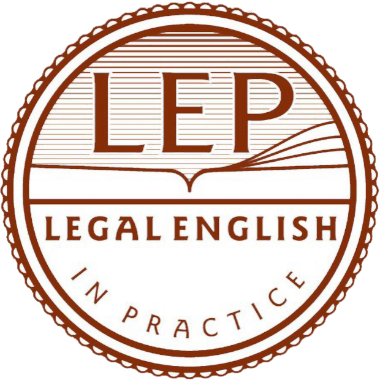


#IDMG FLAMMABLE LIQUID EXEMPTION CODE#
The International Maritime Dangerous Goods Code ( IMDG ), published by the International. When offered for ground transport, a flammable liquid with a flash point = 38° C (100° F) that does not meet the definition of any other hazard class may be reclassified as a combustible liquid. Hazard statement: H225 Highly flammable liquid and vapour. Liquids with a flash point > 35° C that are in a water miscible solution with a water content > 90% by mass.Vehicles powered by a fuel cell engine shall be assigned to the entries UN 3166 VEHICLE, FUEL CELL, FLAMMABLE GAS POWERED or UN 3166 VEHICLE, FUEL CELL, FLAMMABLE LIQUID POWERED, as appropriate.
#IDMG FLAMMABLE LIQUID EXEMPTION ISO#
Liquids with a flash point > 35° C and a fire point > 100° C according to ISO 2592 DOT both consider liquids with a flash point up to 140☏ to be Class 3 flammable liquids. UN 3166 entries apply to vehicles powered by flammable liquid or gas internal combustion engines or fuel cells.Major fires continue to occur on board containerships. Liquids with a flash point > 35° C (95° F) that do not sustain combustion according to ASTM 4206 The International Maritime Dangerous Goods Code (IMDG)1, as amended.Mixtures in which 99% of the contents have a flash point of = 60.5° C (141° F) that are not transported at or above flash point.For LPG there is an industry Code of Practice (LPGA COP 26) dealing with their safe removal and. In this context 'static' means not designed for transport of dangerous goods. (flammable liquids PG II and III only) or class 9 (miscellaneous). Class 2 Gases: compressed, liquefied or dissolved under pressure. Exemptions arise in three ways, ADR itself, the Carriage Regulations, and by Authorisation. some flammable liquids (Class 3) may also be toxic. Liquids meeting the definition of Class 2 gases Dangerous Goods are divided into the following classes as per IMDG Code: Class 1 Explosives. THE IMDG CODE ICHCA INTERNATIONAL BRIEFING PAMPHLET 3 9TH EDITION.Companies that currently ship environmentally hazardous materials under UN3077/3082 by limited quantity (LQ) may be unaware of the existence of a provision within transport regulations, which enables these goods to be transported in low quantities with reduced. The following are exceptions to the Class 3 definition: Provisions for transporting environmentally hazardous goods by road, sea and air. Any material in a liquid phase with a flash point = 37.8° C (100° F) that is intentionally heated and offered for transport or transported at or above its flash point in bulk packaging.Ĭombustible liquids are a liquid that does not meet the definition of any other hazard class and has a flash point of > 60.5° C (141° F) and = 93° C (200° F).A liquid having a flash point of = 60.5° C (141° F).


 0 kommentar(er)
0 kommentar(er)
